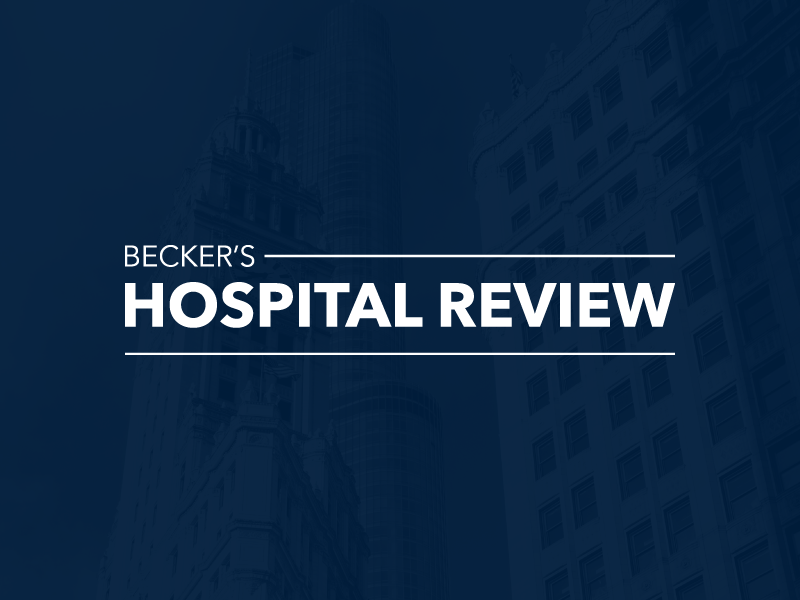Syndrome of Inappropriate Antidiuretic Hormone (SIADH) in Chronic Respiratory Diseases: A Comprehensive Review



Vermont has the highest rate of catheter-associated urinary tract infections, while the District of Columbia has the lowest, according to the healthcare-associated infections dataset from CMS.
Measures are developed by the CDC and collected through the National Healthcare Safety Network. The measures show how often patients in a particular hospital contract certain infections during the course of medical treatment when compared to similar hospitals. The CDC calculates a standardized infection ratio, which may take into account care location, number of patients with an existing infection, lab methods, hospital affiliation with a medical school, hospital bed size, patient age and patient health. The measures apply to all patients treated in acute care hospitals, including adult, pediatric, neonatal, Medicare and non-Medicare patients, according to the CMS data dictionary.
CMS data was last updated Jan. 7, 2022. Data was collected from Oct. 1, 2019, to March 3, 2021. Data from the second quarter of 2020 is excluded because of the impact of the pandemic.
Healthcare-associated CAUTI rates, by state, from lowest to highest:
District of Columbia — 0.477
Wyoming — 0.537
Delaware — 0.551
North Dakota — 0.575
Connecticut — 0.587
Florida — 0.654
Mississippi — 0.661
Hawaii — 0.676
Nevada — 0.677
Louisiana — 0.689
Arizona — 0.707
Kansas — 0.726
New Hampshire — 0.726
Colorado — 0.73
Montana — 0.73
Texas — 0.73
Tennessee — 0.738
Kentucky — 0.739
Illinois — 0.743
Ohio — 0.749
Michigan — 0.75
Indiana — 0.757
Nebraska — 0.762
West Virginia — 0.764
Virginia — 0.768
Iowa — 0.774
Georgia — 0.776
Missouri — 0.783
New York — 0.788
Alabama — 0.795
Minnesota — 0.825
Pennsylvania — 0.829
Oklahoma — 0.833
Utah — 0.836
New Jersey — 0.837
Arkansas — 0.852
North Carolina — 0.861
Wisconsin — 0.87
South Dakota — 0.875
Massachusetts — 0.905
South Carolina — 0.905
Rhode Island — 0.937
Maine — 0.955
Washington — 0.962
Maryland — 0.968
Alaska — 0.979
California — 0.996
Idaho — 1.022
Oregon — 1.043
New Mexico — 1.185
Vermont — 1.598
Comments
Post a Comment